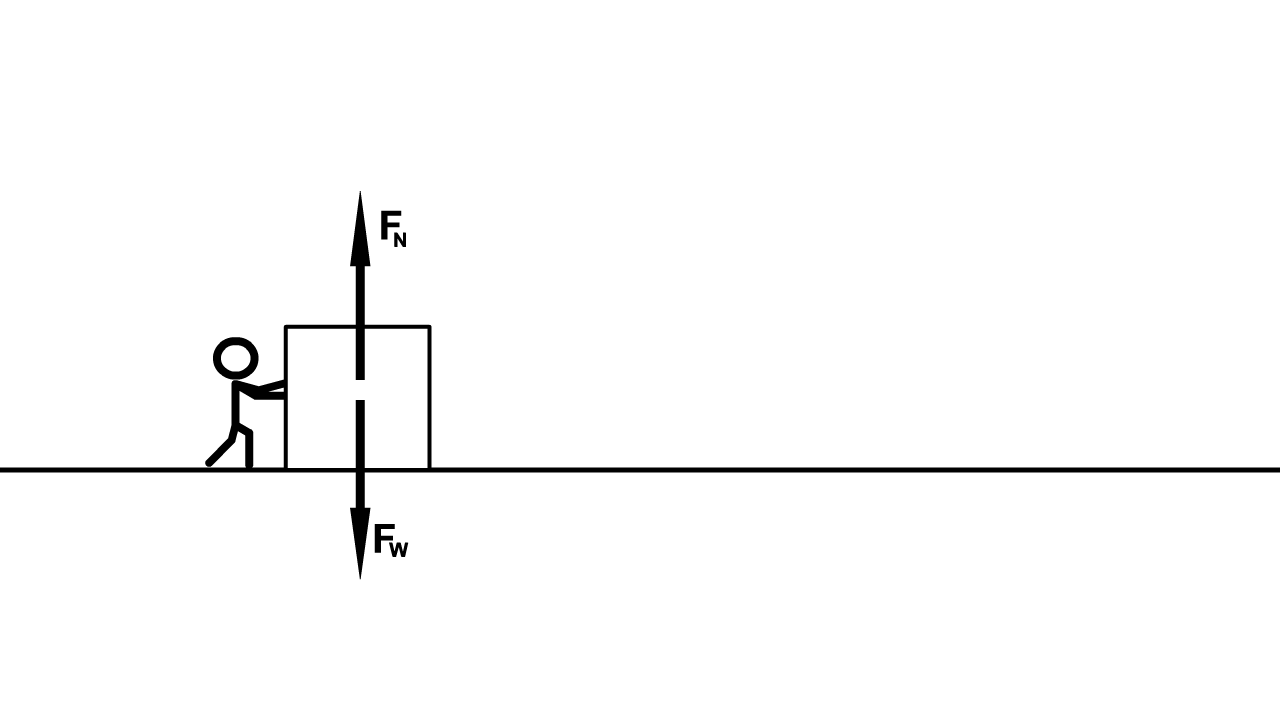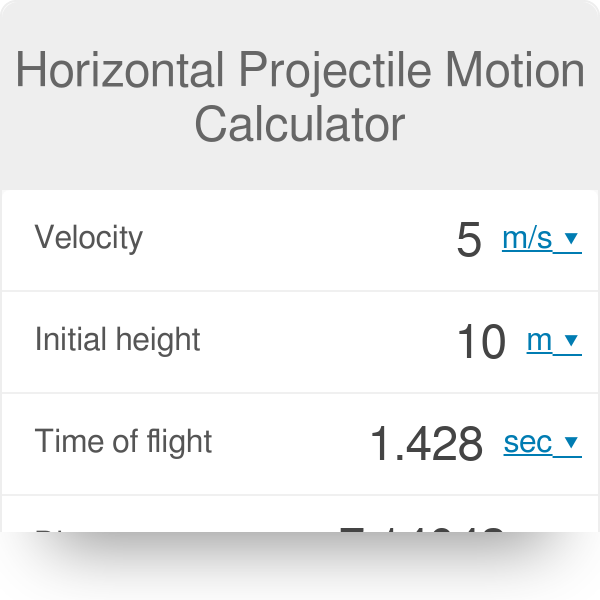

The key to analyzing two-dimensional projectile motion is to break it into two motions: one along the horizontal axis and the other along the vertical. We discussed this fact in Displacement and Velocity Vectors, where we saw that vertical and horizontal motions are independent. The most important fact to remember here is that motions along perpendicular axes are independent and thus can be analyzed separately. In this section, we consider two-dimensional projectile motion, and our treatment neglects the effects of air resistance. The motion of falling objects as discussed in Motion Along a Straight Line is a simple one-dimensional type of projectile motion in which there is no horizontal movement. Such objects are called projectiles and their path is called a trajectory. Some examples include meteors as they enter Earth’s atmosphere, fireworks, and the motion of any ball in sports. The applications of projectile motion in physics and engineering are numerous. Projectile motion is the motion of an object thrown or projected into the air, subject only to acceleration as a result of gravity. Calculate the trajectory of a projectile.Find the time of flight and impact velocity of a projectile that lands at a different height from that of launch.Calculate the range, time of flight, and maximum height of a projectile that is launched and impacts a flat, horizontal surface.Use one-dimensional motion in perpendicular directions to analyze projectile motion.

See the Kinematics Calculators by iCalculator™ below.By the end of this section, you will be able to:
#Projectile motion physics calculator full#
Check your calculations for Kinematics questions with our excellent Kinematics calculators which contain full equations and calculations clearly displayed line by line.

Print the notes so you can revise the key points covered in the physics tutorial for Motion in Two Dimensions.
Kinematics Revision Notes: Motion in Two Dimensions. Projectile Motion physics tutorial and build your physics knowledge of Kinematics Kinematics Physics tutorial: Motion in Two Dimensions. Helps other - Leave a rating for this practice questions (see below) Projectile Motion" practice questions found the following resources useful: Projectile Motion" practice questions? People who liked the "Motion in Two Dimensions. Reveal Answer Correct Answer: D Whats next?Įnjoy the "Motion in Two Dimensions. The ball is falling down when it hits the post. How far is the boy from the goal if the ball hits the upper post, which is 2.5 m high? Ignore the air resistance and take the magnitude of g equal to 10 m/s 2. The magnitude of the ball's initial velocity is 25 m/s. A boy kicks a ball at θ = 45° to the horizon (cos 45° = sin 45° = 0.71). What is tan θ if the air resistance is ignored? Take the magnitude of gravitational acceleration equal to 10 m/s 2.ģ. An object thrown from (0, 0) at an angle θ to the horizontal direction reaches its highest position at A (19.2 m, 7.2 m). Take the initial coordinates of the projectile as (0, 0). Ignoring the air resistance and taking the magnitude of gravity equal to 10 m/s 2, calculate the coordinates of the target if the projectile hits the target horizontally. A cannon fires a projectile at 300 m/s from the ground level and the barrel forms a 53° angle to the vertical direction as shown in the figure. Projectile Motion Kinematics Learning Material Tutorial ID Projectile Motion questions? Review the tutorials and learning material for Motion in Two Dimensions. Not sure on some or part of the Motion in Two Dimensions. Projectile Motion calculators are particularly useful for ensuring your step-by-step calculations are correct as well as ensuring your final result is accurate. In addition to this tutorial, we also provide revision notes, a video tutorial, revision questions on this page (which allow you to check your understanding of the topic) and calculators which provide full, step by step calculations for each of the formula in the Motion in Two Dimensions. 
The following physics revision questions are provided in support of the physics tutorial on Motion in Two Dimensions.








 0 kommentar(er)
0 kommentar(er)
